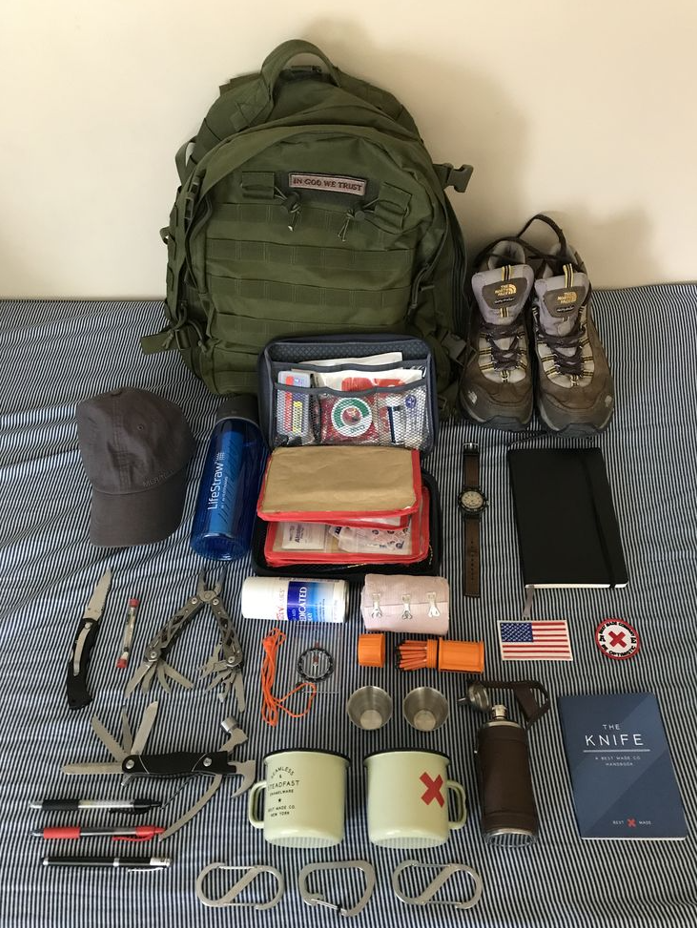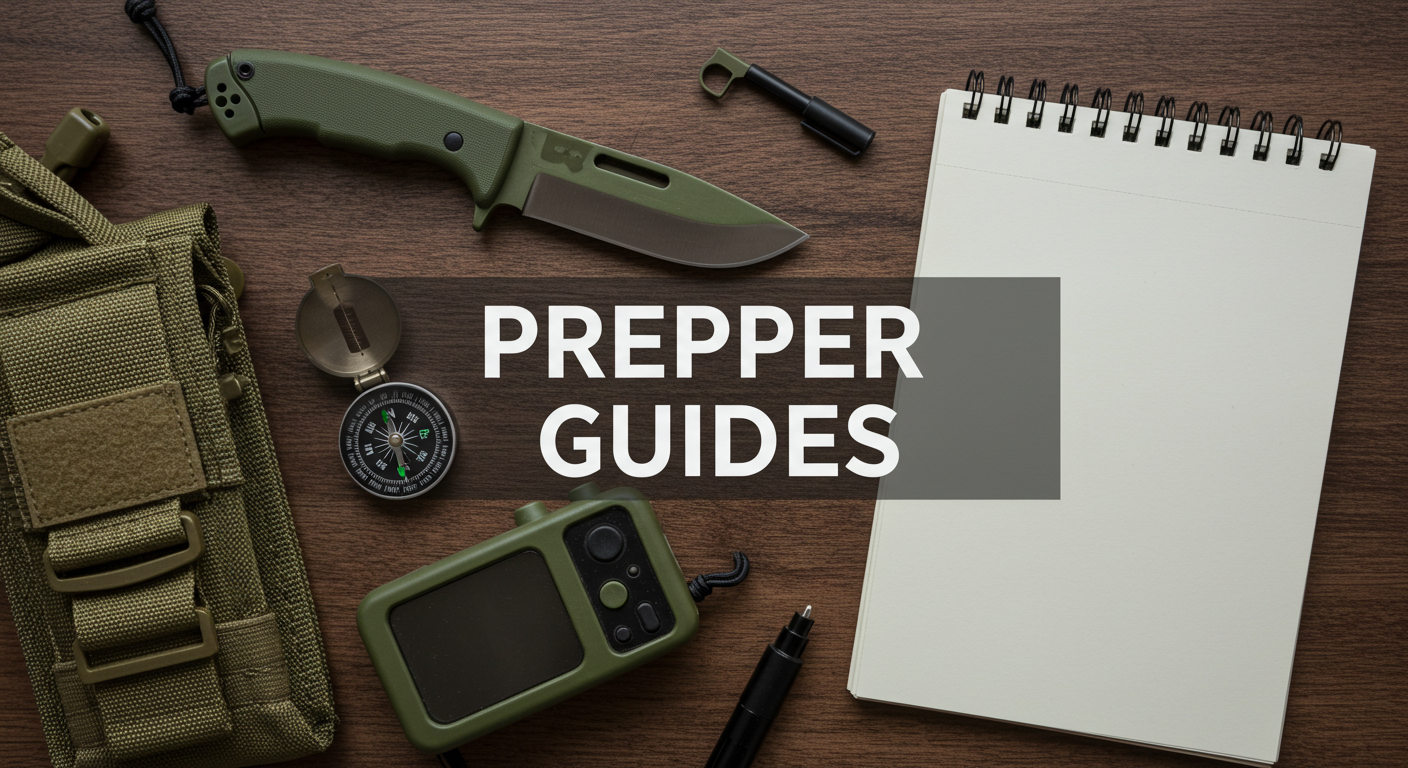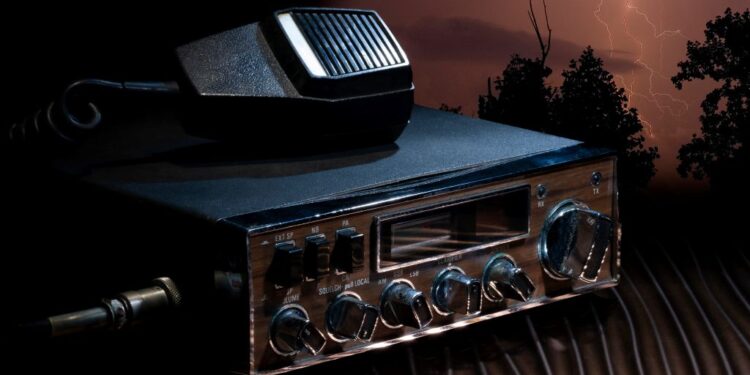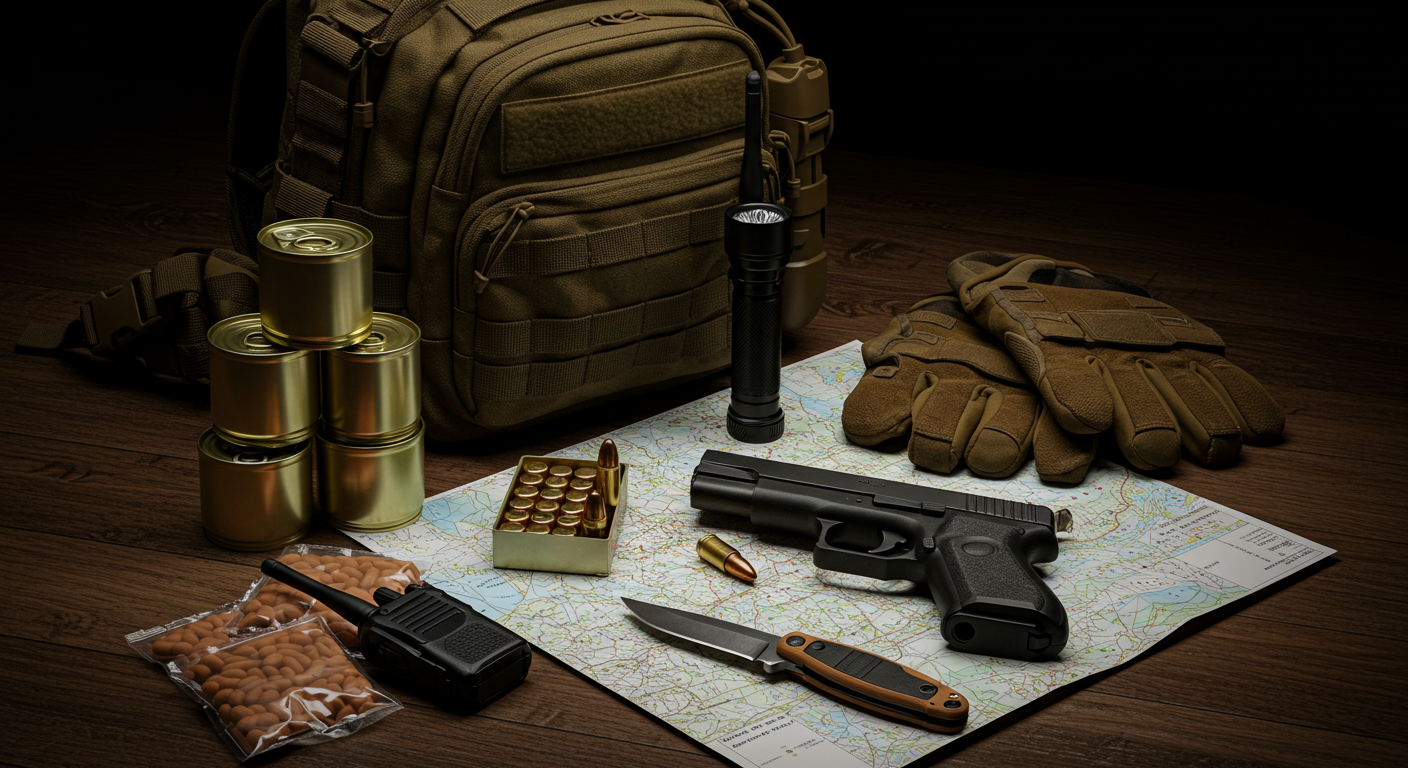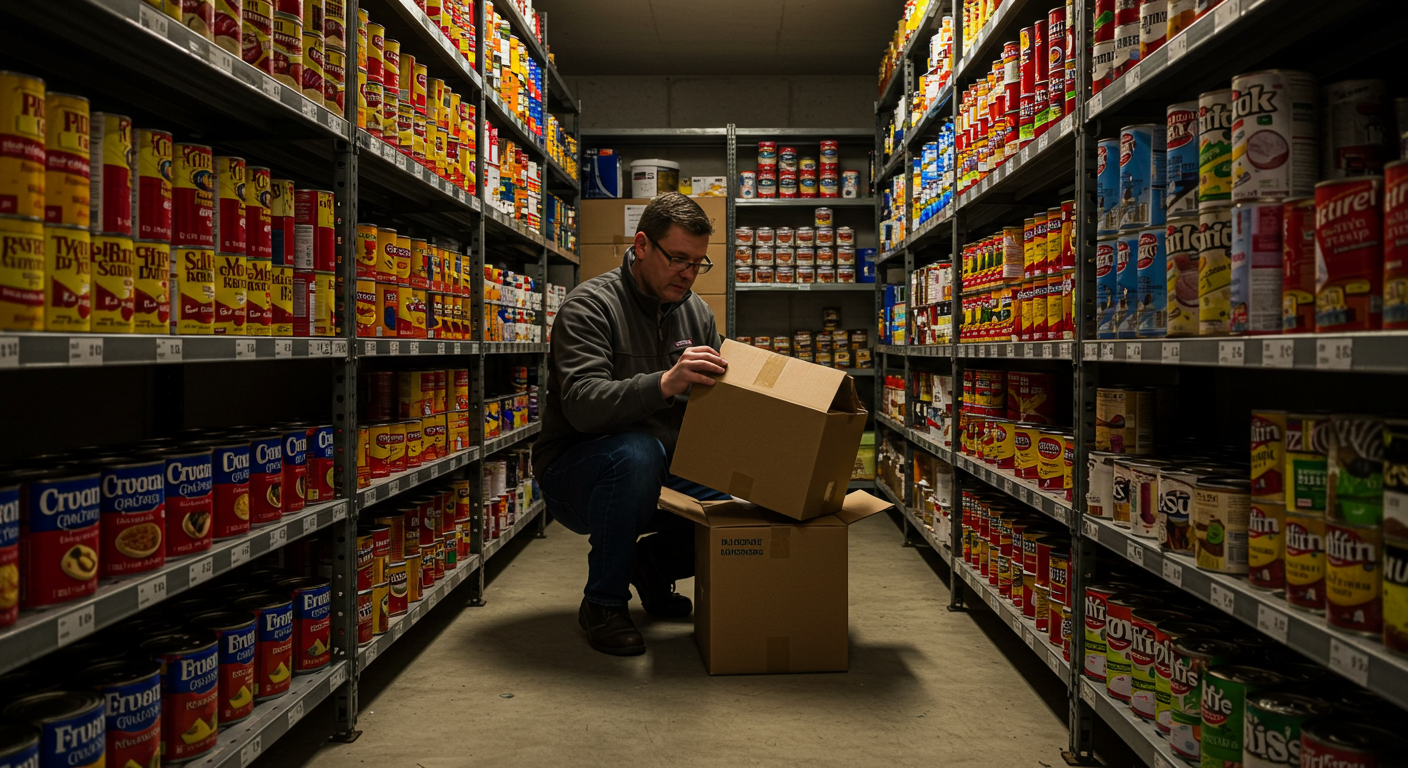Picture this: you’re 20 miles from home when everything breaks. The grid is down, roads are jammed, and cell towers are dead. You’ve got two feet and a prayer—unless you’ve packed smarter.
This isn’t your cushy bug-out bag. This is your Get Home Bag (GHB), designed for one job only: to get you home.
What Is a Get Home Bag?
A GHB is a compact, short-duration emergency kit built for one purpose: to help you travel on foot from wherever you are back to your home base. It is a lifeline during the first chaotic hours of a disaster.
Unlike a bug-out bag, which is for indefinite evacuation, the GHB is lean and mean. It has no tents or cast-iron skillets. It contains only the mission-critical tools needed to navigate chaos and return to your fallback position. You need it ready at all times in your car trunk, at your office, or under your desk.
The Bag Itself: Stealth Over Style
Your bag is your lifeline, but it also needs to keep you invisible. A tactical black backpack with MOLLE straps might look cool, but it screams, “I’ve got gear. Mug me.”
Your bag should blend in like a college backpack or a commuter sling. Look for a bag that is 18-30L in size, with muted colors, reinforced straps, and durable zippers. Avoid any logos that scream “survivalist.”
Water: A Survival Priority
You lose water fast when you’re traveling under stress. Dehydration leads to brain fog, muscle cramps, and poor decisions. You need to have a layered hydration plan.
- A 1L stainless steel water bottle that can be used for boiling water.
- Water purification tablets for chemical insurance.
- A compact water filter, like a Sawyer Mini or LifeStraw, for a long-haul option.
- A bandana can be used to pre-filter murky water.
Never assume water will be safe. Even a clear mountain stream can carry parasites.
Food: Fuel for Your Body
Calories are movement. You don’t need gourmet food; you need dense, durable, and ready-to-eat fuel.
- Millennium or Datrex bars are high-calorie, compact, and long-lasting.
- Tuna or chicken pouches are a great source of protein.
- Jerky and nut butters provide protein and fat.
- Trail mix can provide a mix of carbs and fats.
Avoid anything with a short shelf life, and rotate your food every six months. You may also want to include caffeinated gum for a mental edge.
Navigation & Comms: Go Analog
When the grid is down, your GPS will be useless. You need analog backups and a way to get news without relying on modern technology.
- A compass and waterproof local maps.
- A crank or solar NOAA emergency radio.
- A power bank (solar-rechargeable is preferred).
- Download offline maps to your phone as a backup.
A map isn’t just a piece of paper; it’s a tactical advantage. Mark out alternate routes, water sources, and choke points.
Shelter, Clothing, and PPE
Exposure is a silent killer. Hypothermia doesn’t care about your prepper cred.
- An emergency bivy sack or space blanket to protect you from the elements.
- A tarp and paracord for building a makeshift shelter.
- An N95 mask to protect you from dust and other airborne particles.
- Leather work gloves to protect your hands.
- A rain poncho or jacket.
- A spare set of socks, shirt, and underwear.
Always pack synthetic or wool layers, as cotton kills when wet.
Fire and Light
Fire keeps you warm, seen, and sane. Light keeps you moving and helps you avoid injury.
- Ferro rod and striker, a mini Bic lighter, and waterproof matches for redundancy.
- A headlamp with extra batteries for hands-free operation.
- Glow sticks for low-profile illumination.
First Aid & Meds
A blister can cripple you, and a cut can turn septic. A sprained ankle could leave you stranded.
- An Individual First Aid Kit (IFAK) with a tourniquet, gauze, and a chest seal.
- Alcohol wipes and triple antibiotic ointment.
- Personal medications, including a three-day supply of your prescriptions.
- Moleskin for blisters and basic bandages.
Tools & Tactical Gear
You don’t need a tactical tomahawk, but a solid multitool can save your life.
- A quality multitool (like a Leatherman or Gerber).
- A folding knife with a lockable blade.
- Duct tape and zip ties.
Hygiene
Hygiene isn’t a luxury; it’s a matter of infection control and mental stability.
- Compressed or travel toilet paper and a folding trowel.
- Biodegradable soap or wipes.
- Hand sanitizer.
Documents & Identity
When the digital world dies, your paper trail still matters.
- A waterproof bag with a copy of your ID, passport, and medical information.
- Cash in small bills.
- A notebook and pen to track your route and encounters.
Final Thoughts
A Get Home Bag isn’t paranoia; it’s math. A grid-down event plus a long commute means you’ll be on foot. Your bag will determine if you make it or end up on a missing persons list.
Build it, know it, and carry it. Freedom doesn’t live in convenience; it lives in preparation.
